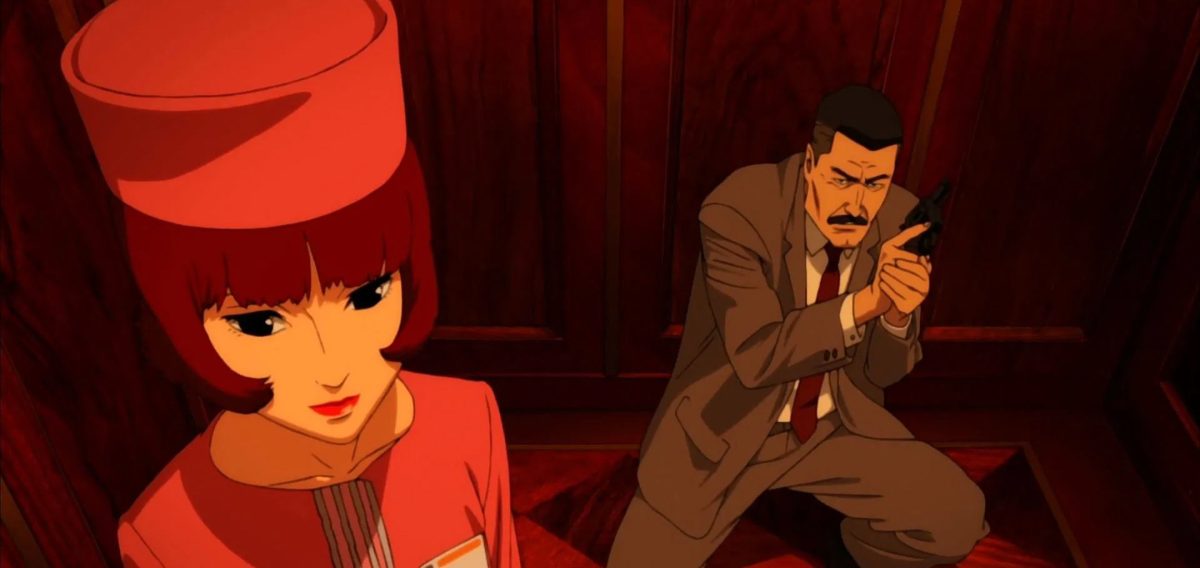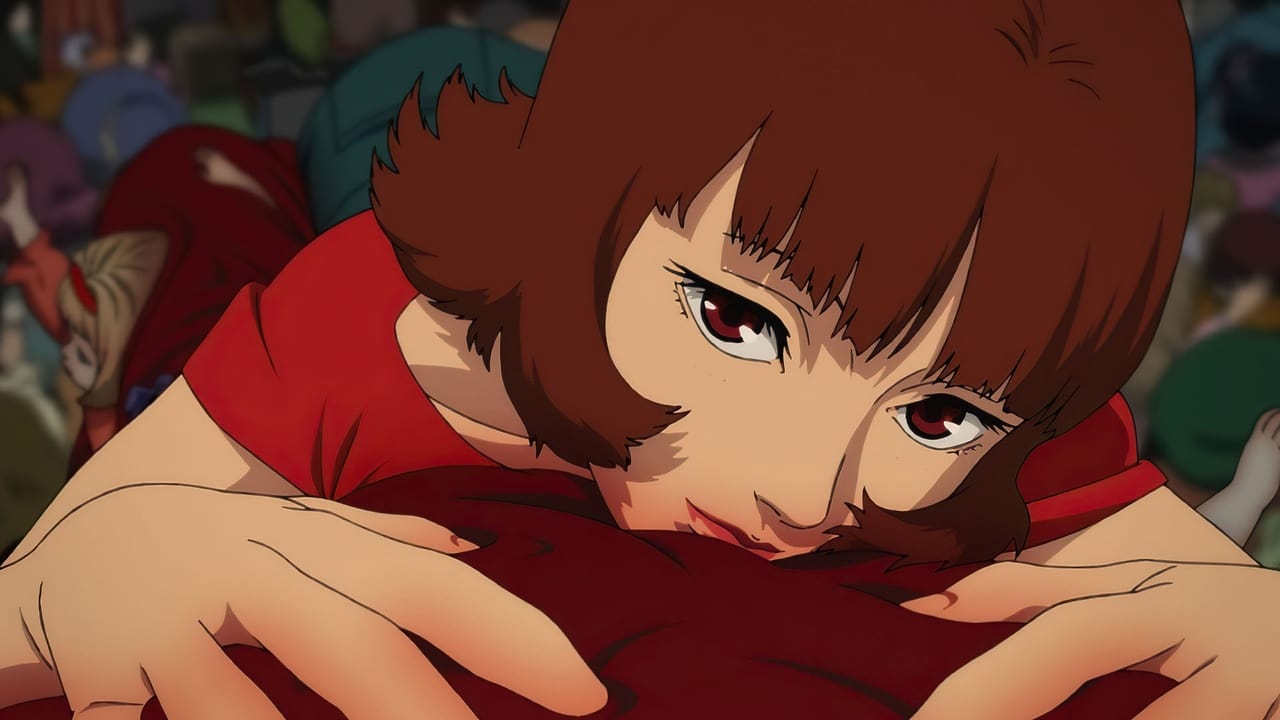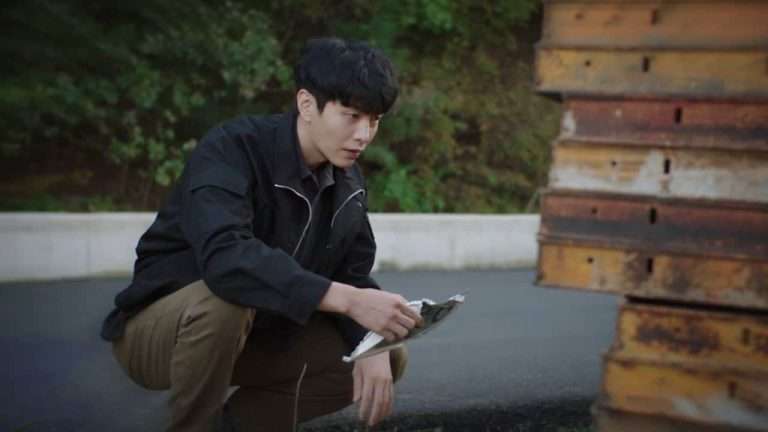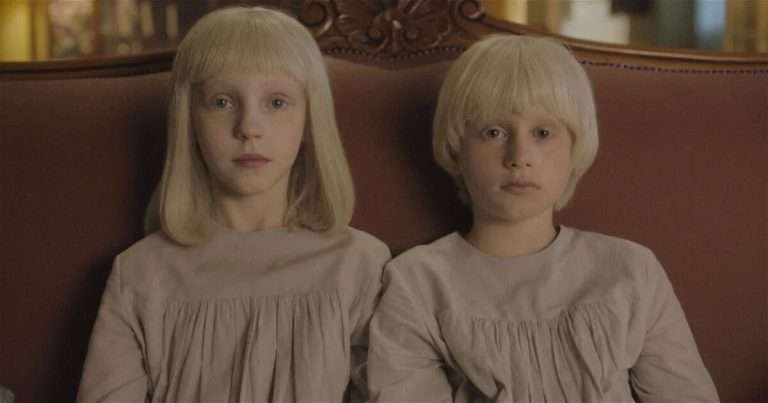It was only ever meant to be a background movie. I picked up my copy of “Paprika” on a road trip when I was 15, finding the dusty DVD case in the back rooms of a strangely labyrinthine second-hand sale, tucked in amidst seemingly endless copies of “Top Gun.” I’d been hunting for a movie to pop on in the background while doodling in my sketchbook, and I figured an animated title would be a safe bet.
I had never heard of Satoshi Kon before, and my favourite films at the time were almost exclusively ’80s b-horrors and slashers, so I’m not too sure what exactly drew me to the psychedelic gem that is “Paprika.” I’m thankful that I found it, though, as it sparked a decade-long love for exploring the subconscious.
This kaleidoscope of a movie prompted my teenage self to start obsessively reading about dream analysis, lucid dreaming methods, and self-hypnosis. I spent hours trying out new meditation techniques that promised to trigger lucid dreams and would watch self-hypnosis videos on YouTube religiously as if they held the key to unravelling the secrets of the human mind—or at the very least, my own mind. Eventually, I ended up choosing to study psychology at college, hoping this could shed some light on the human brain and its many mysteries. I got a D in the final exam, but hey, it’s the thought that counts.
To say that “Paprika” had an immense impact on me would be an understatement. Alongside the spectacular artwork and intriguing plot, I put this magnitude of impact down to two key factors:
- The movie achieves the perfect visualisation of what dreams look like
- It also manages to portray lucid dreaming in a surprisingly realistic manner
If you’re unfamiliar with the film or the novel it’s based on, “Paprika” follows a team of scientists who’ve invented a device called the DC Mini. This allows them to enter people’s dreams, with the aim of enhancing psychiatric treatment. The machine isn’t quite finished yet, but the future that it promises is nothing short of utopian, theoretically revolutionizing the psychiatry field.
A character named Paprika also has access to a DC Mini and has been using it to act as a dream therapist in secret sessions, counselling patients, and helping them understand themselves better. One of Paprika’s clients, Detective Toshimi Konakawa, is plagued by a recurring nightmare that features a mysterious man, a shooting, and a warped hallway. Three of the DC Mini machines end up getting stolen, with clues pointing to an inside job and leading to a seemingly dangerous individual. Whoever committed the theft has figured out how to control other people with it, meaning the heroes are against the clock to stop them from carrying out their plans.
The movie unravels from there, following the scientists, Paprika, and Detective Konokawa as they race to figure out who is attempting to take over the dream world. Across the board, “Paprika” tends to be described as a mix of sci-fi, fantasy, and psychological thriller. These labels all work to an extent; I’d describe it as a surrealist thriller, featuring the perfect visual representation of dreams.
While “Paprika” isn’t a masterpiece by any means—some of the characters fall incredibly flat and there’s a few tropes that make me snap back to reality each time I watch it—I’d argue that you’d be hard pressed to find a film that represents the subconscious world with more alarming clarity.
Sure, plenty of films touch on lucid dreams and explore the hallways of the human psyche. You’ve got the go-to dreamscapes flicks like “Inception” and the mind-warping classics like the “Matrix”—both iconic in their own right, don’t get me wrong—but “Paprika” manages to encapsulate what it’s like to be stuck in a fever dream with pinpoint accuracy.
The film is weird. It’s grotesque and oozes out of the screen in some parts, but in other parts, it’s heavenly and whimsical, with the waking world and dream world weaving together into a nauseating tapestry towards the end. It’s beautiful and vibrant, but it’s also visually chaotic and hard to parse at times.
This, to me, sums up the ever-changing nature of dreams.
While You’re Here: Magical Realism, Family and the Big Screen: Lessons from Two Great Movies
If you’re someone who can remember their dreams, it’s likely that you can never remember exactly how they started. You might remember wandering down a hallway, falling through a ceiling, and pirouetting through a window, having a very serious conversation about the ethics of legalising tartan bananas with an apolitical microwave along the way, but when you wake up, chances are that you can’t quite remember what was at the start of the hallway.
This varies from person to person, of course, but one of the characteristics that seems to be consistent with most dream reports is an abstract narrative with jumbled-up pacing. Dreams can make sense in the moment, but as soon as you wake up and reflect on them, the morning light or glare of a 3 am phone screen can often reveal them to be utter nonsense.
Dreams tend to have a beginning, middle, and end, but usually, there’s not much of a reason why the beginning leads to the middle.
I’m not a neuroscientist or sleep specialist, of course—I’m an entertainment journalist with a D grade in psychology—but I’ve spent a lot of time reading about other people’s dreams over the years while also tracking my own dreams obsessively in journals. Dreams tend to pivot and spin along the narrative line, adding in plot twists so twirly you could string them up on the wall like fairy lights. “Paprika” has exactly the same energy, which I’d largely attribute to the transitions in-between scenes, alongside the obvious factors like the narrative and the dreamy synth soundtrack.
Sometimes, you get a simple fade-out in between sections, but in other scenes, a character can dive into a TV and pop out of a camera lens, or jump into a poster advertising a day at the races and ride off on one of the horses. I found some of the action sequences to be dizzying during my first watch, and they still make my head spin ten years later.
Without spoiling it too much, reality and the dream world become one towards the end of the movie, with the line between waking and sleeping becoming much hazier than usual. The transitions between scenes and locations get more fantastical as the film rolls on, adding to the unreal nature of the story that’s being told.
“Paprika” also showcases lucid dreaming in a surprisingly realistic fashion, particularly in the case of the titular character. It’s never referred to as lucid dreaming in the movie, but it’s a stellar example of what the experience can feel like. Since watching the film for the first time in 2015, I’ve been entranced by the idea of gaining complete lucidity inside a dream, exploring a myriad of techniques, tricks, and subliminal hacks—each with varying levels of success.
While exploring the various dreams in the movie, Paprika has a strong level of control over her surroundings and her actions in the dream world. However, she’s still constrained by some forms of logic and has to actively work to defeat her enemies. Going back to the race horse poster example from earlier, she needed to get somewhere quickly in this scene, but she couldn’t just will herself to teleport immediately or summon a rocketship. The solution had to come from something she could see, showing that there’s still some sense to the nonsense magic in the dream world.
Based on my own experiences with lucid dreaming, this felt like a nuanced take on the experience. Some folk are lucky enough to report unconstrained control over their dreams while lucid, but for many—particularly those who are actively learning how to do it—logic can still play a part in their experiences.
In fact, spotting logical inconsistencies is one of the best ways to remind yourself you’re dreaming and try to bring on a lucid state. Realising that a distance you’ve travelled is improbable, the hands on a clock look wrong, or a reflection in the mirror is backwards can all be triggers to make you “wake up”, which is why Paprika’s abilities felt well-crafted to me as a lucid dreamer.
Lucid dreaming and hopping between worlds are incredibly common themes in media, especially in the murky space between sci-fi and fantasy, but I firmly believe that “Paprika” is one of the best examples of dreams in motion. If you’ve ever wished you could record your dreams and watch them back in the morning, “Paprika” is a must-watch. It’s worth noting that there are some very heavy themes in the film, so do make sure to take a look at the trigger warnings before sitting down to watch it for the first time.
The film is surreal yet sublime, with an unbeatable art style and well-crafted soundtrack that makes for a mesmerizing experience. If anything, it’ll prompt you to pick up a notebook next time you’re at the store and start jotting down your own dreams.









